Maintenance June 16, 2022
We’re all feeling pain at the pump these days, and with gas prices continuing to rise, getting better gas mileage is top of mind. Fortunately, one of the best ways to improve your vehicle’s gas mileage is also the least expensive: keeping your tires properly inflated!
With just a few minutes of your time and a couple of dollars out of your pocket, inflating your tires can increase your gas mileage by up to 3%! Correctly inflated tires will also result in improved handling, longer tire life, and a lower risk of accidents and tire blowouts.
We recommend checking your tire pressure at least once a month. Pick a date you will remember, like the first day of the month or payday, and be consistent about checking the pressure on that day, especially as the seasons change.
Read: 7 Tips on How to Get Better Gas Mileage
All vehicles manufactured after 2007 have a Tire Pressure Monitoring System (TPMS) that alerts you when your tires are overinflated or underinflated. However, it’s still a good idea to regularly check your tire pressure manually.
When measuring tire pressure, you’re looking at pounds per square inch (PSI). Most cars require around 30–35 PSI.
To properly check your vehicle’s PSI, you will need:
Tire Pressure Gauge
Tire gauges come in a variety of styles and can be found at most automotive parts stores. A basic “pencil”-style tire gauge will get the job done, but a digital gauge is more reliable and easier to use.
A high-quality gauge is essential for accurate readings, and it will only cost you $15–$20.
Recommended Air Pressure
The manufacturer’s recommended tire pressure can be found in the owner’s manual and on a sticker on the driver’s side door or door jamb. There may be different pressure requirements for the front and back tires.
DO NOT use the PSI that is printed on the sidewall of your tires. This is not the recommended PSI; it is the maximum inflation pressure. Filling your tire to this pressure is unsafe and could cause a blowout.
Vehicle manufacturers set the recommended pressure when the tires are cold. So, for the most accurate measure of your tire’s PSI, you should check them in the morning before you leave or after the vehicle has been parked for three or more hours.
To measure tire pressure, first park the vehicle and set the emergency brake. Remove the tire valve cap and put it in a safe place, like your pocket. Then, press the tire gauge firmly onto the valve stem and hold it for a couple of seconds until you get a reading.
If you hear any air leaking while holding the tire gauge in position, move the gauge around until it seals and the hissing stops.
With a pencil-style gauge, a thin bar will pop out from the bottom of the gauge. Markings on the bar will show the PSI.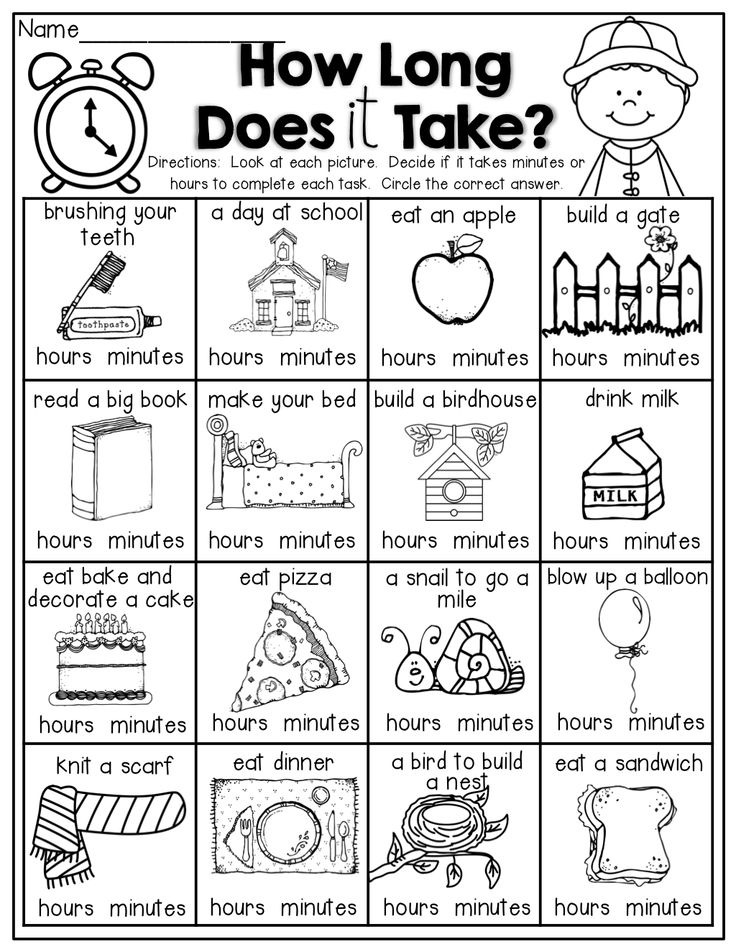 A dial gauge will show the PSI on the dial, and a digital gauge will display the PSI on the screen.
A dial gauge will show the PSI on the dial, and a digital gauge will display the PSI on the screen.
You may need to take a reading 2-3 times to get the most accurate result. Write down which tires are below the recommended pressure setting so you know which tires to inflate. And don’t forget to check the spare!
Read: How Does Cold Weather Impact Tire Pressure?
When you have an underinflated tire, it’s time to find an air pump!
Some people opt to purchase their own air compressor. There are portable options available for as low as $50. However, most people choose to use the air pump at their local gas station.


Many Virginia Tire & Auto locations have a free air pump available outside the store. And if there’s not a pump, we will gladly pull your vehicle into a bay to check and inflate your tires for free!
And if you’ve purchased tires from us, you get free nitrogen top-offs for the life of the tire with tires&! Nitrogen helps your tires maintain proper tire pressure longer by not leaking as quickly as regular air. This leads to increased fuel efficiency, longer tire tread life and improved tire performance.
Read: Why You Should Consider Filling Your Tires with Nitrogen
Your car's tires play many valuable roles in the safety and function of your vehicle — from helping you navigate twists, turns, and stops like a pro to carrying the full weight of your car.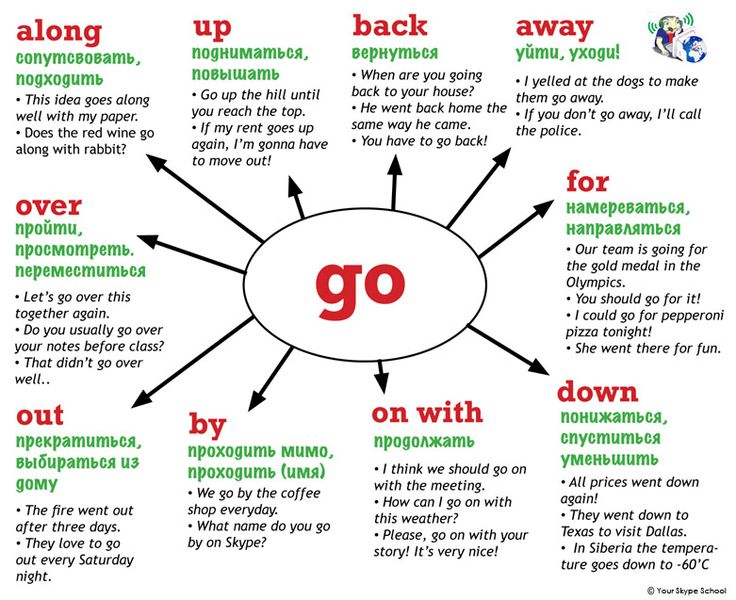 That's why it's important to pay special attention to these essential components.
That's why it's important to pay special attention to these essential components.
Fortunately, maintaining the proper tire pressure on your vehicle is one of the easiest yet most effective ways to care for your car tires. Learn how to check air pressure and inflate your tires with this helpful guide.
Underinflated tires can not only reduce fuel efficiency, but it can also run the risk of getting into an accident, losing proper steering control, damaging various components of your vehicle, and more. If you notice that your tire's air pressure levels have dropped, it's best to prioritize inflating them as soon as possible.
Checking your vehicle's tire pressure is a relatively simple task. You'll want to start by purchasing a tire gauge. These vary in price depending on the type you choose (i.e., digital, basic, etc.) but can usually be found for well under $40. It's also essential to keep a tire gauge on hand, as some gas station air hose gauges are not always accurate. Many modern cars and trucks also display the tire pressure for each tire on the dashboard. Once you have your tire gauge in hand, it's time to determine the proper pressure for your vehicle.
Many modern cars and trucks also display the tire pressure for each tire on the dashboard. Once you have your tire gauge in hand, it's time to determine the proper pressure for your vehicle.
Find the correct inflation level. To do this, you can either look for the recommended pressure on the sticker within your driver's-side door jamb or consult your car owner’s manual. This is the tire pressure specification when the tires are cold, meaning not driven for a few hours.
Remove the valve stem cap from your tire. Some cars and trucks have green valve stem caps with an “N” on them - this means the tire is filled with nitrogen instead of air (air is mostly nitrogen). If your tires have these green valve stem caps, you can find some special stations that dispense nitrogen, but be aware that you can use normal air as well. The inflation pressure specifications are the same regardless if the tire is filled with air versus nitrogen.
Connect your air pressure gauge to the tire’s valve stem until you receive a reading.
If the pressure level number seems unrealistic, remove the gauge and try again. This time, ensure that the indicator is connected firmly to the valve stem.
It's not always possible to tell if a tire is underinflated by giving it a quick once over. So, check your PSI levels with a gauge each month and after extreme temperature changes. You'll also want to check your pressure levels when your tires have had time to cool down since air expands within your tires while driving.
Filling your tires with air at a gas station is relatively simple. Bring your tire gauge and some spare change since some are coin-operated and are not always accurate in their pressure readings. Try to make this the first stop if you are running errands so that your tires are still relatively cool from sitting for a few hours. Then, follow these steps:
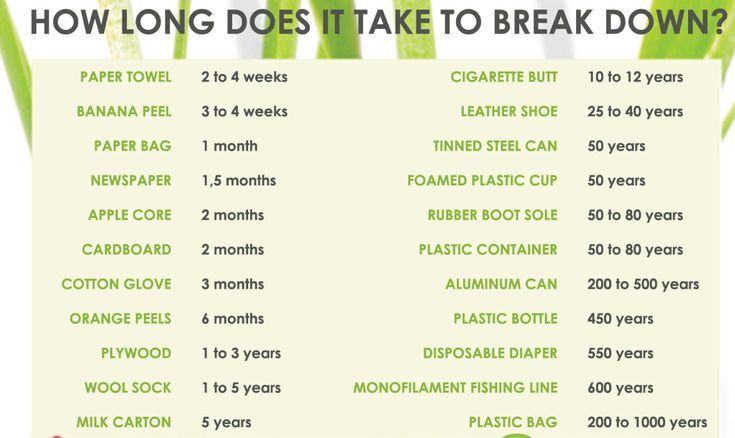
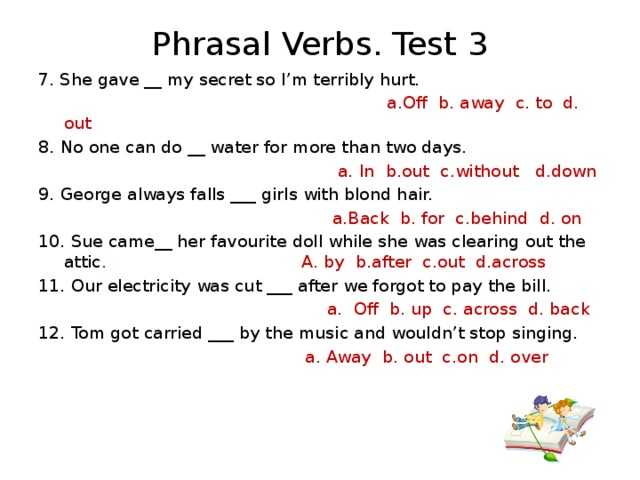 You should start to hear air entering the tire. If not, confirm that the air hose and your tire’s valve stem are both securely connected.
You should start to hear air entering the tire. If not, confirm that the air hose and your tire’s valve stem are both securely connected.Can't find an air filling station near you or just want some help? Head to your local Firestone Complete Auto Care. We'll give you a free tire inspection and refill your tires free of charge. And if you need new tires, we've got you covered there too!
Optimum tire pressure is a guarantee of the safety of car passengers, as well as a guarantee of tire durability.
The car must be “cold”, that is, before the measurement, the car’s mileage must be less than a couple of hours, the vehicle must travel no more than 2 km.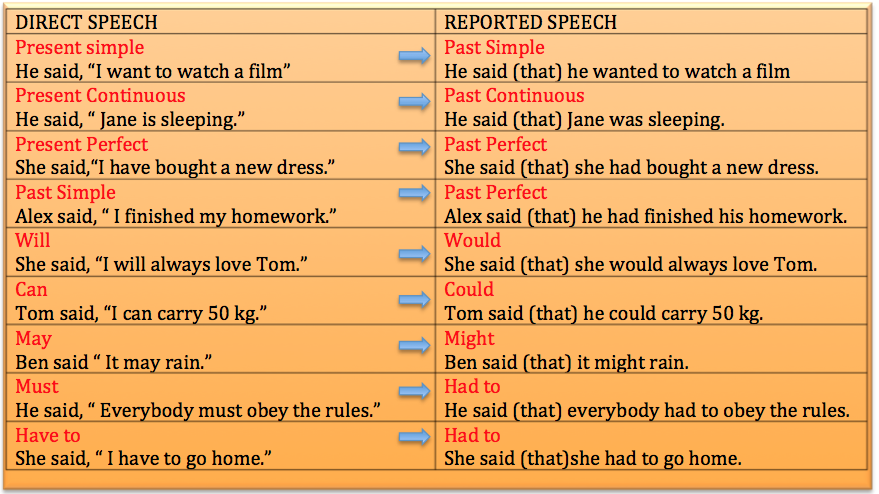
When you need to measure the pressure urgently, subtract 0.3 bar from the measurement. The operation should be carried out before every big trip and more often than once every 30 days. It is important not to forget about the spare wheels: they also need to check the pressure level. The optimal level varies, so it’s worth asking the manufacturer for the exact figure, and it wouldn’t hurt to find the instructions for the car and look there. The value can be marked on the body compartment, gas tank and side pillar.
It all depends on the weather and operating conditions. The nominal mark varies, for example, on how warm or cold it is outside the car. Drops in winter have a strong effect, so experts recommend adding 0.2 bar to the measurement result to objectively determine the pressure level.
If the pressure level on the front axle is less than the nominal one, then this will change the handling: the wheels will turn poorly. Incorrect pressure in the rear will cause the car, on the contrary, to move too sharply. Slip on wet pavement appears due to a decrease of 0.5 bar, since the contact of the tire with the road becomes less. A level of 2 atmospheres will lead to full contact. The lower the contact, the greater the risk. Therefore, the pressure affects the quality of the ride.
Incorrect pressure in the rear will cause the car, on the contrary, to move too sharply. Slip on wet pavement appears due to a decrease of 0.5 bar, since the contact of the tire with the road becomes less. A level of 2 atmospheres will lead to full contact. The lower the contact, the greater the risk. Therefore, the pressure affects the quality of the ride.
In addition, the lower the level of inflation of the wheels, the greater the consumption of gasoline, and this promises financial losses. Too much pressure increases tire wear. Therefore, do not underestimate the importance of maintaining the pressure level set by the manufacturer. This can lead to a car accident.
The ability of a tire to withstand loads is directly related to pressure. If the pressure is low, do not overload the car. When determining the optimal level, you do not need to focus solely on the tire load index.
Raising the level is permissible if it is necessary to increase the carrying capacity of the car.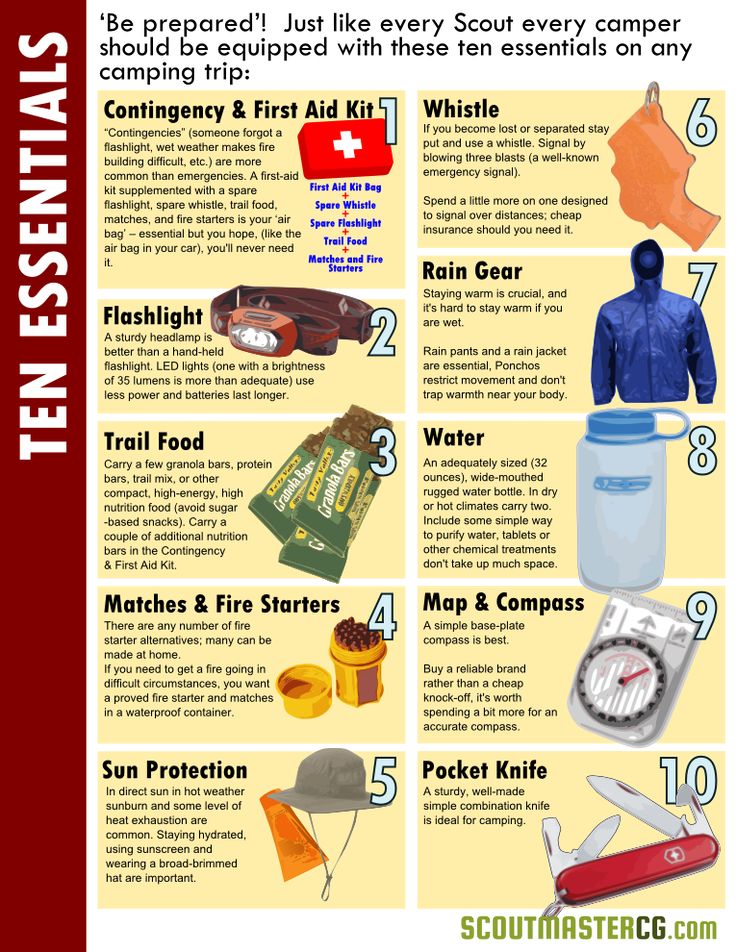 But for most cars, this is dangerous by the rapid destruction of tires. For trucks, special tires are sold that provide an additional degree of protection. They have a special designation: XL, Reinforced or "C".
But for most cars, this is dangerous by the rapid destruction of tires. For trucks, special tires are sold that provide an additional degree of protection. They have a special designation: XL, Reinforced or "C".
The ability to accelerate the car depends on the inflation of the tires. To increase the speed, the pressure is increased. The ZR index on the tire indicates that with such a tire you can reach speeds of up to 245 km per hour. But we advise you to contact the manufacturer for details and clarify this indicator.
A pressure of 3.2 atmospheres is optimal for tires with a T marker. An increase of this figure by 0.3 atmospheres is suitable for tires marked H, W, V, Y, ZR. Exceeding these figures is dangerous in many ways. Adequate pressure ensures proper weight distribution and longer life.
When the nominal pressure in the tires is lowered, the wear resistance becomes less because heat begins to be generated. Because of this, overheating and destruction occurs. Pressure below normal leads to a deterioration in indicators such as the ability to maneuver and elasticity.
Pressure below normal leads to a deterioration in indicators such as the ability to maneuver and elasticity.
Note that tire pressure is an important property that must be monitored. Failure to pay attention to a detail that is so important for safety can lead to damage to the vehicle and to an accident. It should become a good habit for the driver to maintain the correct level.
Do not try to determine the pressure yourself. Use a manometer. This device will accurately measure the indicator. For a novice car enthusiast, it is not easy to realize the level of pressure by internal sensations, it is important to contact the salons and ask to pump up the tires. A decrease in temperature by 8 degrees entails a decrease in pressure by 0.1 atmospheres.
Don't underestimate the importance of tire condition. The life of people sometimes depends on the strength and wear resistance of wheels. In this regard, it is necessary to properly care for the tires.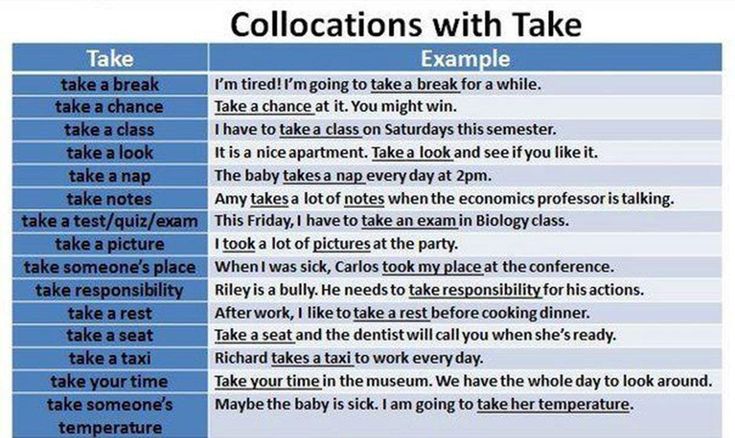
As already noted, incorrect pressure can cause poor handling and tire damage. Let us remind you once again of the importance of checking the pressure on a car that has traveled no more than 2 km on the day of the control.
Is there a valve cap? If not, then the nipple will be prone to contamination. Check tires for cuts, cracks, holes or bulges. All this speaks of dilapidation. There should be no foreign objects, including wires and glass. Remember that a tire with such damage is not suitable for use. Do not bring to the destruction of the tire on the go.
Wear leads to breaks. There is a fear of losing control when driving through puddles. Keep track of the remaining tread height. According to the traffic rules, it is forbidden to use a car whose residual height of the pattern is less than 1. 6 mm (for cars), 1 mm (for trucks) and 0.8 mm (for motorcycles).
6 mm (for cars), 1 mm (for trucks) and 0.8 mm (for motorcycles).
For winter tires, the minimum residual tread depth is 3-4 mm. When the tire is used for too long, there is a danger that the handling on the water will be worse.
For motorists with an aggressive style, tires deteriorate much faster. It is also worth taking into account the climate and features of the road surface.
Proper inflation of the wheels and constant maintenance of the optimal level is the key to safe movement. Do not be too lazy to look in the instructions for what pressure should be in the tires. If in doubt, call the manufacturers or go to a car dealership where professionals will adjust the pressure.
If in doubt, call the manufacturers or go to a car dealership where professionals will adjust the pressure.
Vladimir Gavrilov
Estimated reading time: 5 minutes
61137
Category: Auto Maintenance
The vast majority of car owners, when connecting the compressor, remember the numbers serrated in the classroom at a driving school: you need to inflate the wheels up to 2.0 atmospheres. Indeed, these data are valid for the vast majority of domestic cars, manufactured 90's with 13" rims.
However, much has changed in the automotive industry over the past years, and not every tire size can work with such pressure.
The domestic market sells a huge range of wheels and tires designed for different manufacturers, requiring special conditions for operation and maintenance. For example, some tires cannot be pumped because of the risk of losing the tread geometry, while others, on the contrary, do not like low pressure and begin to lose part of the surface layer due to increasing friction. Where can I get information about these features? Is it really necessary to open reference books and look for data in complex sheets of specifications for the range of wheels and tires sold in Russia before visiting the workshop? Fortunately, automakers have prepared an extract-cheat sheet from the car's owner's manual, which sets out the basic requirements for certain wheels. It is attached to the body of the car and is located in the area of the door pillars or on the back of the gas tank hatch. The plate is coated with a layer of lacquer, so that the data on it remain throughout the entire life of the vehicle.
For example, some tires cannot be pumped because of the risk of losing the tread geometry, while others, on the contrary, do not like low pressure and begin to lose part of the surface layer due to increasing friction. Where can I get information about these features? Is it really necessary to open reference books and look for data in complex sheets of specifications for the range of wheels and tires sold in Russia before visiting the workshop? Fortunately, automakers have prepared an extract-cheat sheet from the car's owner's manual, which sets out the basic requirements for certain wheels. It is attached to the body of the car and is located in the area of the door pillars or on the back of the gas tank hatch. The plate is coated with a layer of lacquer, so that the data on it remain throughout the entire life of the vehicle.
As a rule, on passenger cars with wheel size R16, the front tires are now inflated to 2.2 bar. The rear wheels are pumped up depending on the load.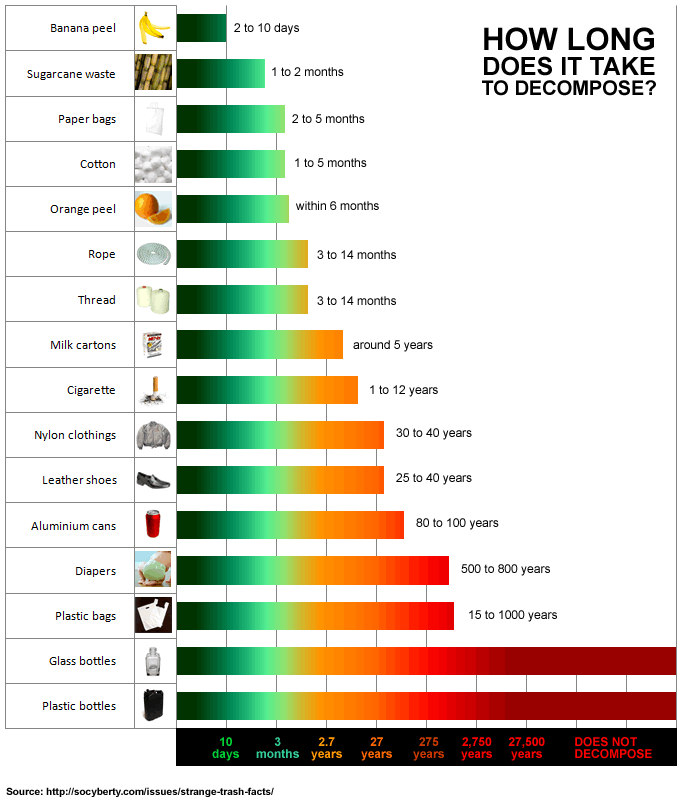 With a fully filled car with five passengers and a load, the pressure must be increased to 2.4 atm. If there are fewer people in the cabin, then the pressure is selected based on the intermediate values \u200b\u200bgiven on the plate.
With a fully filled car with five passengers and a load, the pressure must be increased to 2.4 atm. If there are fewer people in the cabin, then the pressure is selected based on the intermediate values \u200b\u200bgiven on the plate.
Such precise data is needed to set up the car for economical driving with the maximum reduction of harmful emissions. The driver can lower or, conversely, pump up the wheels, depending on how many passengers and luggage he wants to take on board.
Low profile tires of large diameters R18, R19, R20 with a profile height of 50 percent or less require much more pressure. Such tires must be inflated to 2.5 bar. And the rear wheels can be filled up to 2.7 bar.
For large SUVs with all-wheel drive with traction priority to the rear wheels, it is necessary to inflate the tires even more. Low-profile sports tires R18 and R20 for SUVs work well only at 2.8-3.2 bars. Naturally, if you fill them in the old fashioned way by 2. 0 atmospheres, then the car will not have the calculated handling. While driving, increased tire wear will be observed and fuel consumption will increase.
0 atmospheres, then the car will not have the calculated handling. While driving, increased tire wear will be observed and fuel consumption will increase.
In general, the wheels on the same axle should have the same pressure, and the rear tires usually inflate 0.2-0.5 atm more than the front ones. To find out the exact data, when visiting the workshop, it is still better to look at the plate at the door pillar.
The maximum allowable tire pressure can be found on the wheel itself. It is indicated on the sidewall next to the speed marking. They can be given in different units. One atmosphere is equal to one bar (Bar) or 100 kilopascals (kPa). However, this data only expresses the durability of the tire, without taking into account the technical characteristics of the machine and its weight.
Non-standard tires sometimes work differently than regular ones. If the pressure is insufficient, the tire tread will wear off on the sides, and the middle will remain intact, which leads to a malfunction of the tire and a decrease in its grip due to drainage.